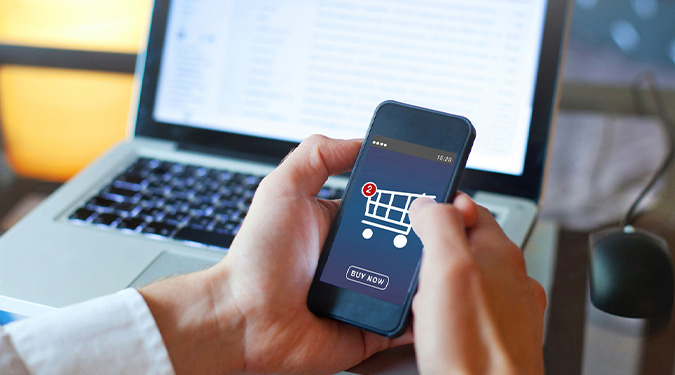Table of Contents
With B2B eCommerce sales expected to reach more than $2.3 trillion in 2024, it’s no surprise that suppliers are seeking ways to invest in digital selling and maximize value from their eCommerce platforms.
More than ever, B2B buyers want frictionless, transparent transaction flows that make purchasing faster and easier. For suppliers, meeting these buyer needs is no longer a nice-to-have, but rather a requirement to retain existing customers and win new business.
One strategy leading companies are investing in is B2B connected commerce, which delivers an integrated experience throughout every step of the digital purchasing process. This article explores three steps to delivering an effective connected commerce experience for your B2B customers, and how TradeCentric can add unique value to the process.
What is B2B Connected Commerce?
A true connected commerce experience relies on B2B integration technology to bridge the gap between supplier eCommerce platforms and buyer eProcurement solutions – two systems that are not intuitively built to integrate together.
The most notable connected commerce solutions include PunchOut, Purchase Order (PO) Automation and Invoice Automation. All three of these solutions allow for a seamless and automated end-to-end purchasing process that eliminates complexities within B2B transactions.
Connected commerce delivers speed, accuracy, consistency, scalability and visibility to complex, many-to-many trading partner relationships, replacing manual processes and one-to-one system connections with automated solutions that manage all integrations transparently, even through growth and change.
Step 1: Understand your buyers’ requirements
The basic requirement for every buyer is for suppliers to make it easy to buy from them.
This extends across the whole process and trading partner relationship, not just the transactional element of completing a purchase. Buyers want a seamless, integrated shopping experience that encompasses pricing agreements, along with automated transfer of purchase orders and invoices. Perhaps even more importantly, they look for business and technological changes to be delivered with minimal impact.
Beyond this global requirement, every buyer has their own, nuanced needs depending on their specific business drivers and approach. Engaging with each buyer to understand these nuances is an important foundation for creating an effective connected commerce strategy.
Step 2: Explore strategies to enhance the purchasing process
Understanding buyers’ specific requirements and pain points allows suppliers to focus on strategies that enhance the purchasing process in ways that deliver most value. Common focus areas include:
- Automating repetitive processes
- Improving accuracy and timeliness
- Reducing risk of errors and rework
- Maintaining compliance
- Ensuring correct and consistent application of pricing features such as discounts and negotiated pricing
When creating a B2B connected commerce strategy, suppliers should focus on how these solutions can best be deployed to address their buyer’s particular needs.
Step 3: Deploy B2B commerce integrations
Before implementation can take place, suppliers must evaluate deployment plans based on both their own and their buyers’ technology and business capabilities.
Implementation may be managed in-house or outsourced. Partnering with a specialized software provider like TradeCentric enables suppliers to leverage time-tested, deep expertise in eCommerce and eProcurement integration, along with a specialized Business Intelligence Portal that provides real-time data and testing capabilities.
Having completed more than 15,000 integrations, TradeCentric’s B2B connected commerce ecosystem supports virtually any combination of leading eCommerce, eProcurement and ERP systems.
At its core, TradeCentric is the only purpose-built Integration Platform as a Service (IPaaS) for B2B eCommerce. The purpose-built integration platform builds and manages multiple one-to-one eCommerce to eProcurement connections, creating seamless end-to-end transaction flows between buyers and suppliers while removing the technical burdens normally associated with eCommerce integration.
What next?
To learn how TradeCentric can help you deliver the best connected eCommerce experience, visit TradeCentric’s profile on the SAP Store, or email [email protected].




